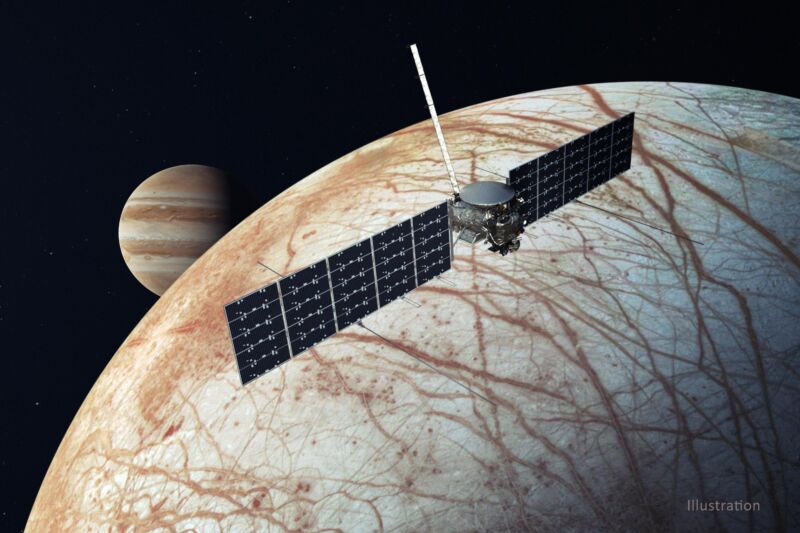NASA’s flagship mission to Europa has a problem: Vulnerability to radiation

Enlarge / An artist's illustration of the Europa Clipper spacecraft during a flyby close to Jupiter's icy moon. (credit: NASA/JPL-Caltech)
The launch date for the Europa Clipper mission to study the intriguing moon orbiting Jupiter, which ranks alongside the Cassini spacecraft to Saturn as NASA's most expensive and ambitious planetary science mission, is now in doubt.
The $4.25 billion spacecraft had been due to launch in October on a Falcon Heavy rocket from Kennedy Space Center in Florida. However, NASA revealed that transistors on board the spacecraft may not be as radiation-hardened as they were believed to be.
"The issue with the transistors came to light in May when the mission team was advised that similar parts were failing at lower radiation doses than expected," the space agency wrote in a blog post Thursday afternoon. "In June 2024, an industry alert was sent out to notify users of this issue. The manufacturer is working with the mission team to support ongoing radiation test and analysis efforts in order to better understand the risk of using these parts on the Europa Clipper spacecraft."